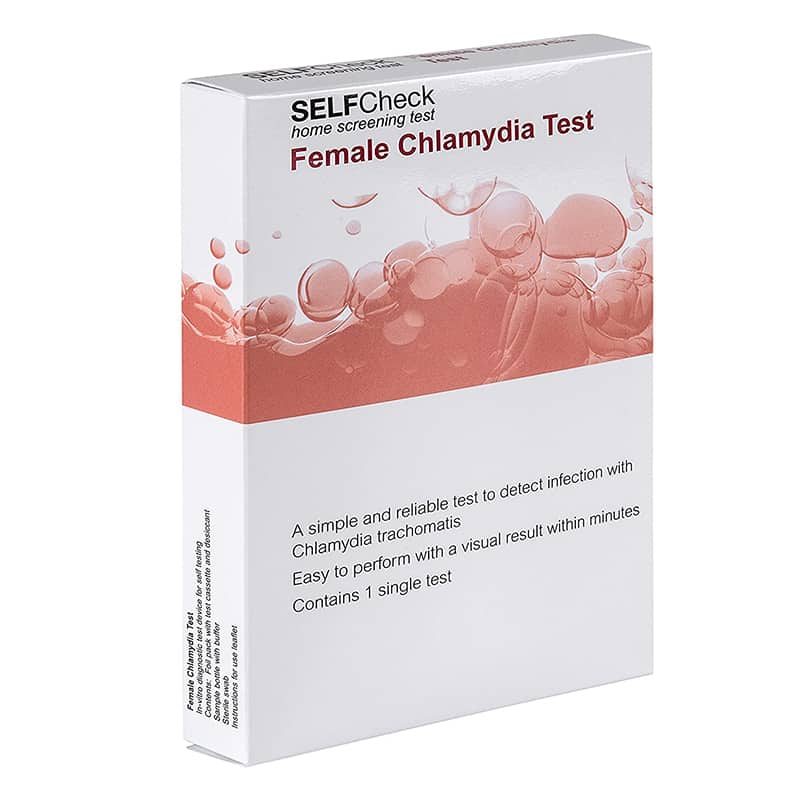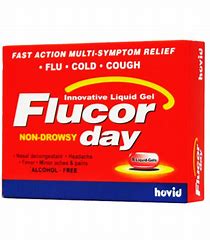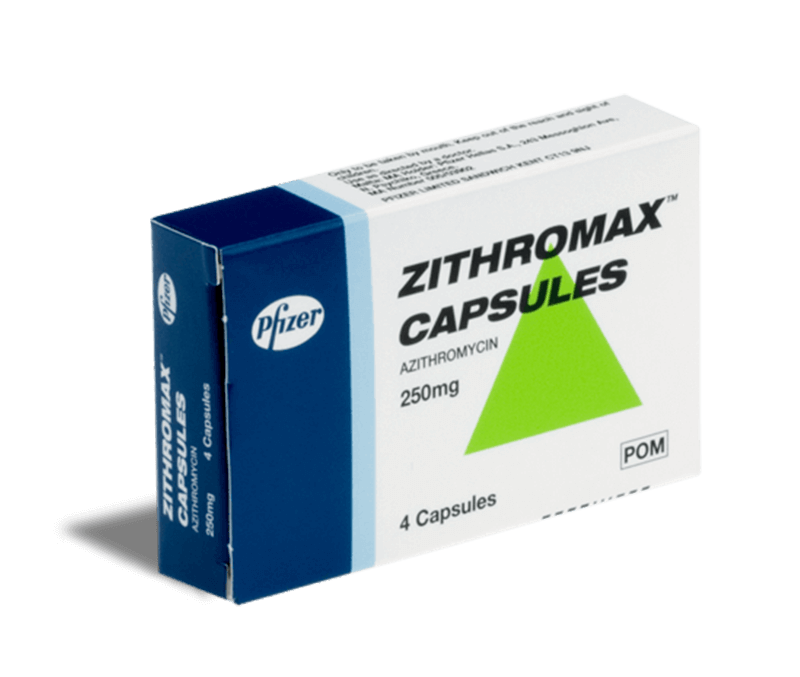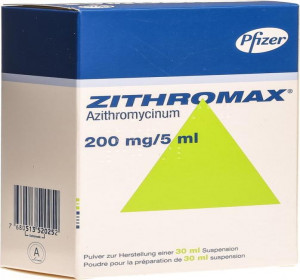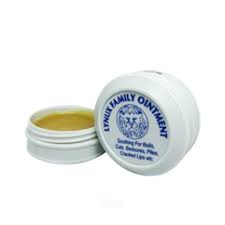Subtotal: ₵134.00
Female Chlamydia Test
-
 Get 10% discount on your next order. Order now to qualify.
Get 10% discount on your next order. Order now to qualify.
-
 Get 20% cashback on apple app store. Use code P056
Get 20% cashback on apple app store. Use code P056
DELIVERY & RETURNS
Free shipping offer on Pilldoctor and get exclusive offers.
Location
-

Door Delivery Fastest delivery to the door for only 2 days. Don't miss exclusive offer.
-

Pickup Station Fastest delivery to the door for only 2 days. Don't miss exclusive offer.
-

Return Policy Fastest delivery to the door for only 2 days. Don't miss exclusive offer.
Description
Chlamydia is one of the most common sexually transmitted diseases (STDs). It is a bacterial infection spread through vaginal, oral, or anal sex with an infected person. Many people with chlamydia have no symptoms, so someone may spread the disease without even knowing they are infected. A chlamydia test looks for the presence of chlamydia bacteria in your body. The disease is easily treated with antibiotics. But if it’s not treated, chlamydia can cause serious complications, including infertility in women and swelling of the urethra in men.
Other names: Chlamydia NAAT or NAT, Chlamydia/GC STD Panel
What is it used for?
A chlamydia test is used to determine whether or not you have a chlamydia infection.
Why do I need a chlamydia test?
The Centers for Disease Control and Prevention (CDC) estimates that more than two and a half million people are infected with chlamydia every year. Chlamydia is especially common in sexually active people aged 15 to 24. Many individuals with chlamydia don’t have symptoms, so the CDC and other health organizations recommend regular screening for groups at higher risk.
These recommendations include yearly chlamydia tests for:
- Sexually active women under the age of 25
- Women over the age of 25 with certain risk factors, which include:
- Having new or multiple sex partners
- Previous chlamydia infections
- Having a sex partner with an STD
- Using condoms inconsistently or incorrectly
- Men who have sex with men
In addition, chlamydia testing is recommended for:
- Pregnant women under the age of 25
- People who are HIV-positive
Some people with chlamydia will have symptoms. Your health care provider may order a test if you experience symptoms such as:
For women:
- Stomach pain
- Abnormal vaginal bleeding or discharge
- Pain during sex
- Pain when urinating
- Frequent urination
For men:
- Pain or tenderness in the testicles
- Swollen scrotum
- Pus or other discharge from the penis
- Pain when urinating
- Frequent urination
What happens during a chlamydia test?
If you are a woman, your health care provider will use a small brush or swab to take a sample of cells from your vagina for testing. You may also be offered the option of testing yourself at home using a test kit. Ask your provider for recommendations on which kit to use. If you do the test at home, be sure to follow all the directions carefully.
If you’re a man, your health care provider may use a swab to take a sample from your urethra, but it is more likely that a urine test for chlamydia will be recommended. Urine tests can also be used for women. During a urine test, you will be instructed to provide a clean catch sample.
The clean catch method generally includes the following steps:
- Wash your hands.
- Clean your genital area with a cleansing pad given to you by your provider. Men should wipe the tip of their penis. Women should open their labia and clean from front to back.
- Start to urinate into the toilet.
- Move the collection container under your urine stream.
- Collect at least an ounce or two of urine into the container, which should have markings to indicate the amounts.
- Finish urinating into the toilet.
- Return the sample container as instructed by your health care provider.
Will I need to do anything to prepare for the test?
If you are a woman, you may need to avoid using douches or vaginal creams for 24 hours before your test. Both men and women may be asked to avoid taking antibiotics for 24 hours before testing. Ask your health care provider if there are any special instructions.
Are there any risks to the test?
There are no known risks to having a chlamydia test.
What do the results mean?
A positive result means you have been infected with chlamydia. The infection requires treatment with antibiotics. Your health care provider will give you instructions on how to take your medicine. Be sure to take all the required doses. In addition, let your sexual partner know you tested positive for chlamydia, so he or she can be tested and treated promptly.
Is there anything else I need to know about a chlamydia test?
Chlamydia testing enables diagnosis and treatment of the infection before it can cause serious health problems. If you are at risk for chlamydia due to your age and/or lifestyle, talk to your health care provider about getting tested.
You can also take steps to prevent getting infected with chlamydia The best way to prevent chlamydia or any sexually transmitted disease is to not have vaginal, anal or oral sex. If you are sexually active, you can reduce your risk of infection by:
- Being in a long-term relationship with one partner who has tested negative for STDs
- Using condoms correctly every time you have sex
Product Ratings
Highest Ratings
There are no reviews yet.

 Bonjela Junior Gel
Bonjela Junior Gel 